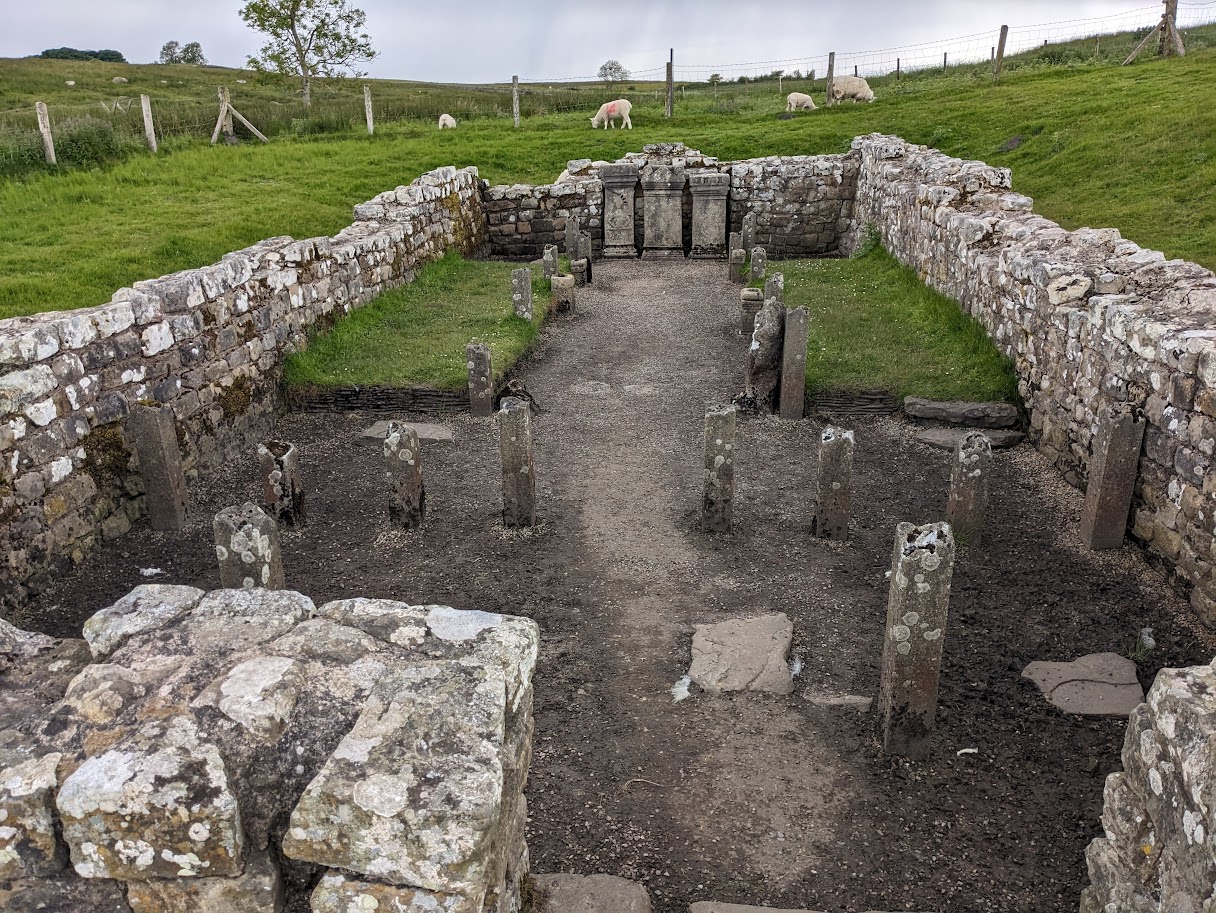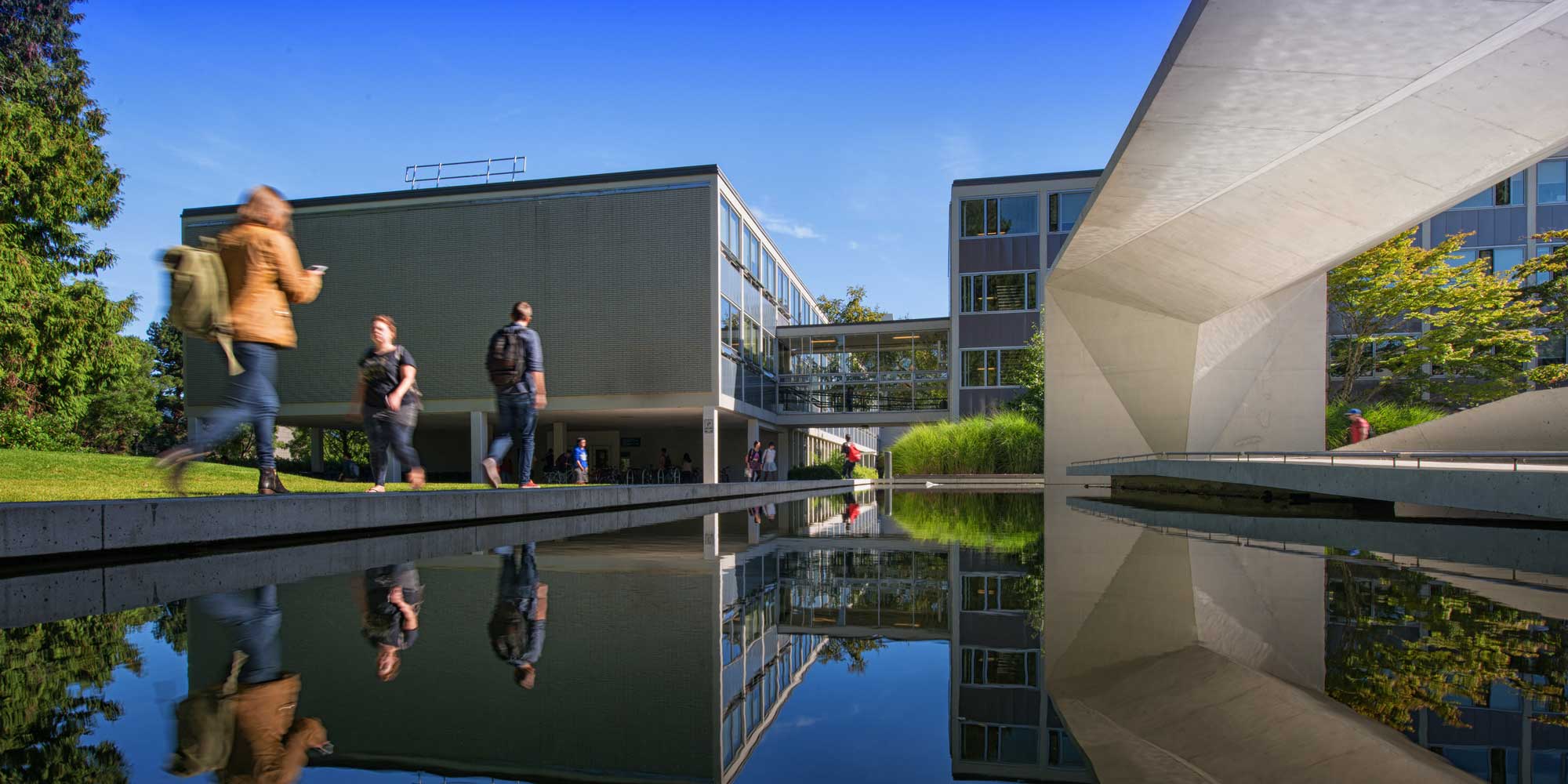Of all things to study, Professor Michael Blake’s top pick is corn.


He says that’s because big events in human history sometimes hinge on the smallest things.
Blake has taught in the Department of Anthropology since 1986. His corn-fueled curiosity has seen him spend a good part of the last 30 years in Latin America and, above all, Mexico, where corn was first domesticated.
History and Importance of Corn: Blake’s Research
When Spanish ships reached the New World 500 years ago, says Blake, they discovered powerful civilizations living in massive urban centres. These had developed and thrived on account of agriculture. Aside from crops like beans, squash, and avocados, experts say corn was the key to the rise of the most complex societies. “It was a staple, but if we go back three thousand years before the arrival of the colonists, what was its status then?” asks Blake, who has researched and written widely on the origins and spread of maize — or corn — across North and South America.
“In human history, it’s one of the key aspects of trying to understand how our giant complex societies emerged.”
Although ongoing, that research has yielded some fascinating results to date. “One thing we’re all familiar with is popcorn” says Blake, who reveals that few movie-goers know that this exploding variety is, in fact, related to one of the most primitive kinds of corn to be uncovered by archaeologists. Experts, he says, suspect popcorn might have even preceded corn as a food staple.
There’s also emerging evidence that, in some societies, growing corn beer was more important than growing it for corn-on-the-cob. “By the time of the Inca people in Peru, for example, there were big breweries that were devoted to making beer, called ‘chicha.’” Clues like these are all the more interesting given that ancient cultures actively shaped corn — which started out as a wild grass-like plant — into the tall plant with the thick stalk and giant cob that we’re familiar with today. “That’s a huge set of genetic changes,” Blake says. He’s currently leading a three-year project that will try to map out the DNA sequences of maize based on samples gathered from 15 countries and representing thousands of years of the plant’s history.
These and other archeaological discoveries in Latin America mean the work never gets dull. “Surprising things are being learned every year,” adds Blake, who points to pre-agricultural, 5000-year-old cities discovered in Peru in recent years.
Blake’s Teaching and Secondary Research
Blake teaches two courses on broader themes in the region — Meso-American Civilization and Ancient Latin America, where he enjoys using up-to-the-minute technologies and developments to tour students through the area’s rich history.
To pursue his second major interest, Blake can hop into a truck instead of a plane. Since the early 1990s, he has coordinated field schools along the Harrison River just north of Chilliwack, and he’s no less enthused about the rich heritage of the sites, which belonged to the ancestors of today’s Sto:lo First Nation.
Still, he’s hooked on corn. So when he opens the newspaper and reads that farmers are now growing more of it to produce the more climate-friendly ethanol fuel, he sees an irony missed by most.
“We’re kind of coming full circle,” he says. “We’re going back to seeing corn as a source of alcohol again.”


